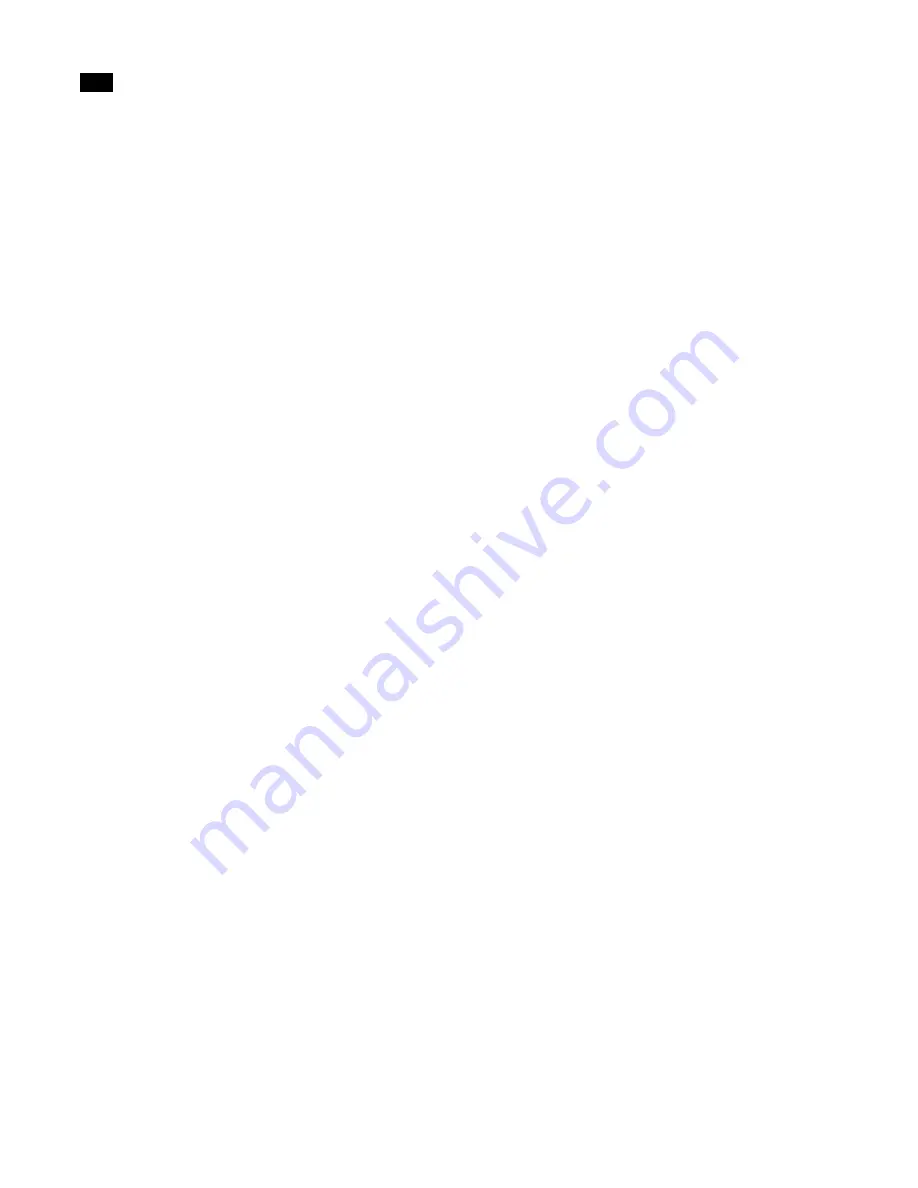
Workflow
3
14
Lightscape
Preparing the Model
During the Preparation stage, you can import the
model, adjust surface orientation, define materials
and assign them to surfaces, define luminaires and
place them in the model, and add, delete, and re-
position objects as required.
Importing Geometry
The first step in creating a lighting simulation is to
import a geometric model into Lightscape. You can
import models from a wide variety of CAD and
modeling applications as well as from block and
luminaire libraries.
For more information, see Chapter 5, “Importing
Geometry,” and Chapter 6, “Refining Geometry.”
Orienting Surfaces
After you import a model, you must ensure that all
surfaces are properly oriented.
Surface orientation determines which side of a
surface is considered when calculating the light
reflections. For example, to simulate the lighting in a
room, the wall surfaces should be oriented toward
the inside of the room.
For more information, see Chapter 6, “Refining
Geometry.”
Defining Materials
Use materials to determine how each surface inter-
acts with light. Because Lightscape is based on
physically accurate simulation techniques, it is
important to provide accurate material specifica-
tions to obtain realistic results. Templates make it
easy to define properties for numerous materials
including metal, polished stone, flat paint, water,
and so on. You can also use textures maps and
procedural textures to enhance the appearance of
surfaces.
Lightscape also comes complete with libraries of
hundreds of ready-to-use materials.
For more information, see Chapter 7, “Using
Materials.”
Adding Light
You can add artificial light and/or daylight to your
model.
All artificial lighting in your model comes from
luminaires (light fixtures). You can use luminaires
from a library or create your own. Adjust the photo-
metric properties of the luminaires, and then place
them in your model. You can also use IES files to
import real-world lighting parameters from lighting
manufacturers.
Lightscape also comes complete with libraries of
hundreds of ready-to-use luminaires.
Use daylight to add an extra element of realism to
your model. Daylight is provided by two sources: the
sun and the sky.
For more information, see Chapter 8, “Artificial
Lighting,” Chapter 9, “Photometrics,” and Chapter
10, “Daylight.”
Refining the Model
Lightscape provides a limited suite of tools to
modify the geometry of a model. You can add,
delete, move, or duplicate surfaces, blocks, and
luminaires. For example, you could add furniture,
move an interior wall, or rotate a spotlight before
processing the radiosity solution.
For more information, see Chapter 6, “Refining
Geometry.”
Summary of Contents for LIGHTSCAPE
Page 1: ...SULO 4 31 93 36034333308355 LJKWVFDSH...
Page 18: ...NOTES 10...
Page 110: ...NOTES 102...
Page 136: ...NOTES 128...
Page 166: ...NOTES 158...
Page 176: ...NOTES 168...
Page 202: ...NOTES 194...
Page 210: ...NOTES 202...
Page 248: ...NOTES 240...
Page 294: ...NOTES 286...
Page 308: ...NOTES 300...
Page 316: ...NOTES 308...
Page 324: ...NOTES 316...
Page 342: ...Glossary 334 Lightscape...
Page 360: ...Index ix 352 Lightscape...
Page 362: ......
















































